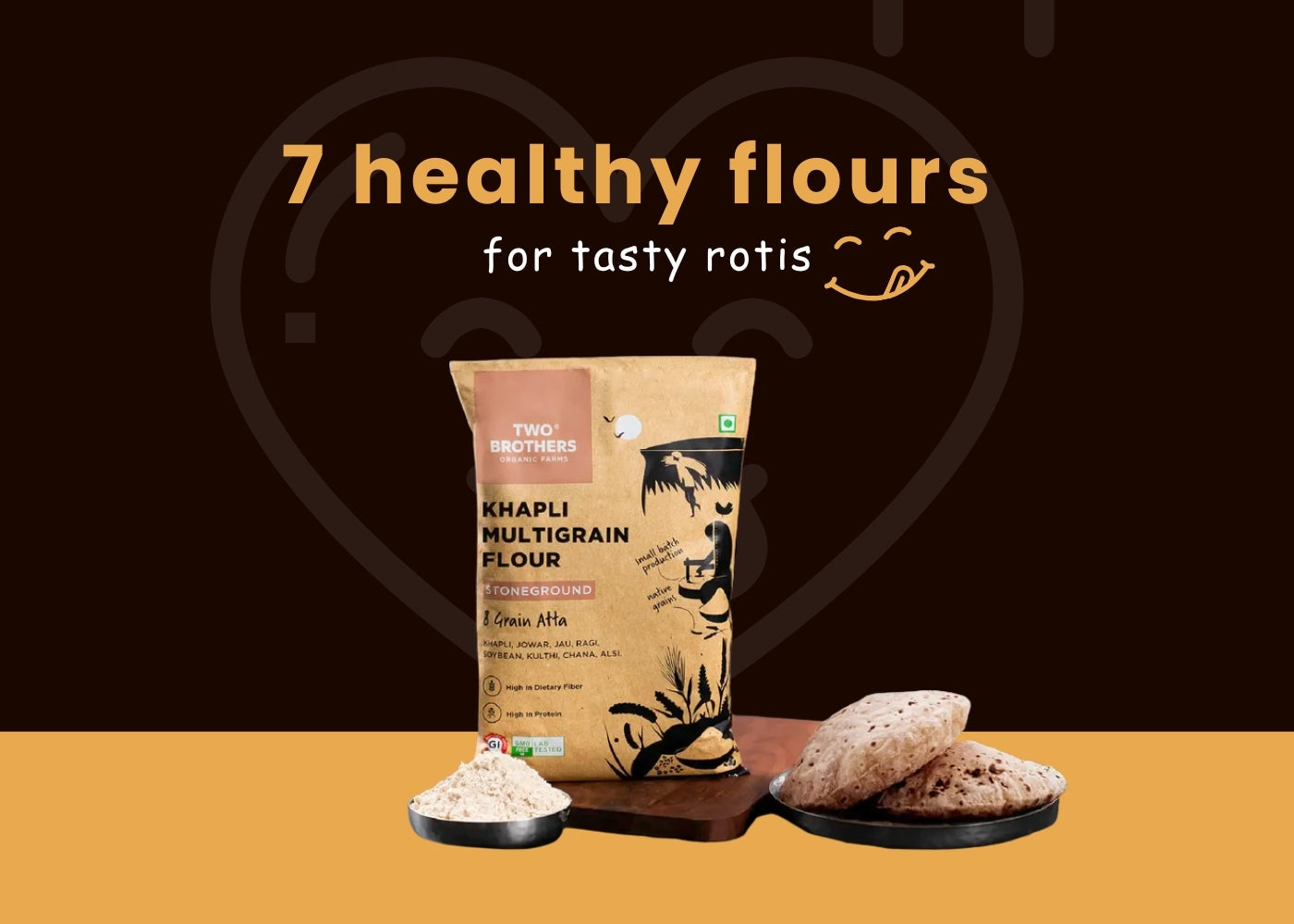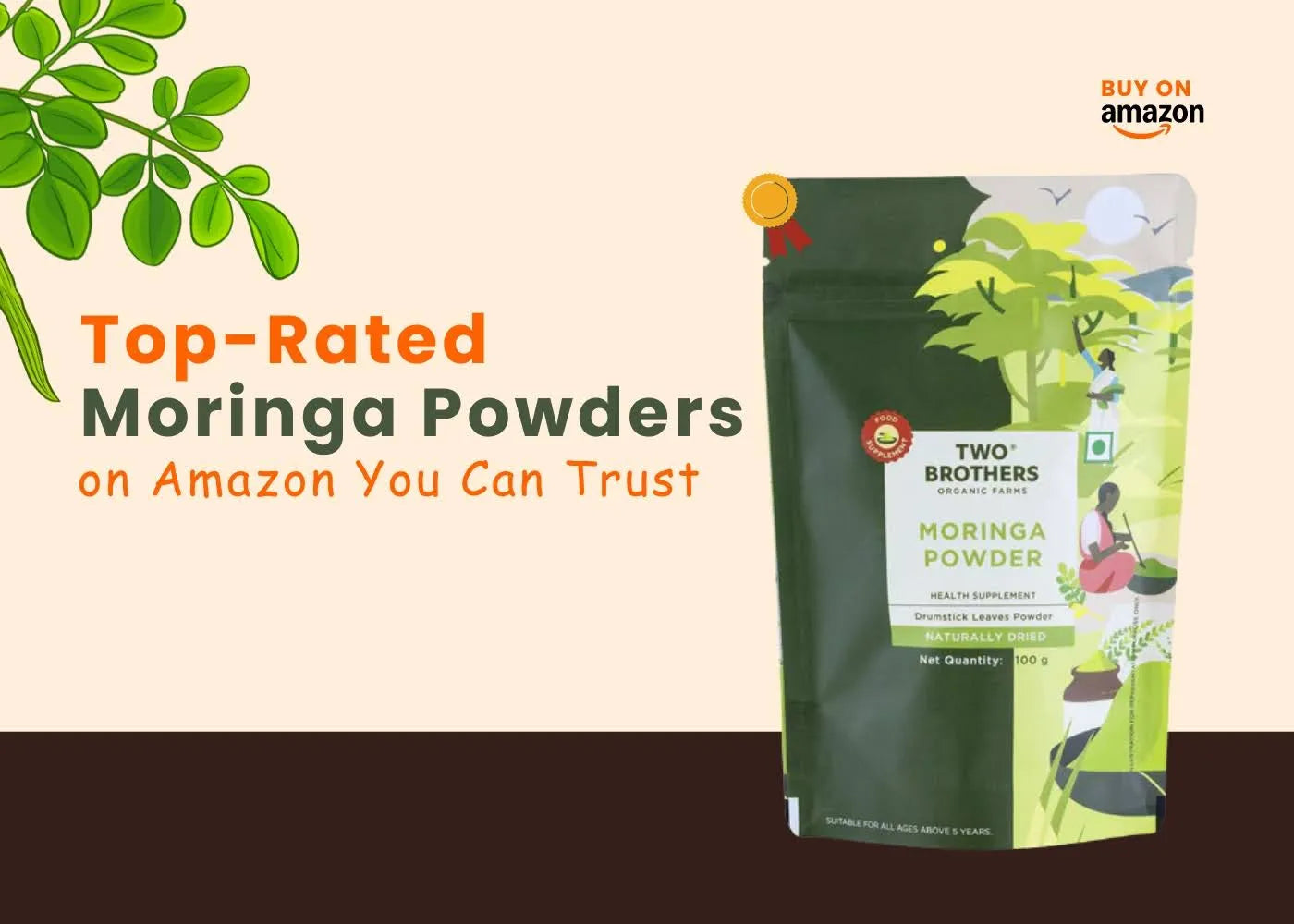Picture this: You're standing in your kitchen, golden sunlight streaming through the window, and in your hand is a jar of ghee, not just any ghee, but A2 ghee that costs nearly twice as much as the regular variety sitting right next to it on the shelf. The conversation around high-quality ghee and ghee pricing has become one of the most debated topics among health-conscious individuals. And today, we're going to unpack the truth, gently, honestly, and with your best interests at heart.
What Makes A2 Ghee Different from Regular Ghee?
Before we talk dollars and cents, let's understand what you're actually paying for when you choose A2 ghee over conventional options.
Regular ghee comes from hybrid cows, breeds like Holstein and Jersey, that produce milk containing both A1 and A2 beta-casein proteins. While this milk is produced in larger quantities (making it cheaper), the A1 protein has been associated with digestive discomfort, inflammation, and bloating in sensitive individuals.
High-quality ghee, specifically A2 ghee, comes exclusively from indigenous cow breeds like Gir, Sahiwal, and Red Sindhi. These heritage cows naturally produce only the A2 beta-casein protein, which your body recognizes and processes more easily. Think of it as the difference between a language your body speaks fluently versus one it struggles to understand.
But the distinction goes deeper than just the protein. The traditional Bilona method used to craft authentic A2 ghee involves hand-churning curd into butter, then slowly heating it over a wood fire. This ancient technique preserves nutrients that industrial processing destroys, omega-3 fatty acids, fat-soluble vitamins A, D, E, and K, and conjugated linoleic acid (CLA) that supports heart health and metabolism.
When you explore the premium ghee collection at Two Brothers Organic Farms, you're looking at ghee that honors this centuries-old wisdom.
Breaking Down Ghee Pricing: Why Does A2 Ghee Cost More?
Let's talk about ghee pricing with absolute transparency, because you deserve to know exactly where your money goes.
|
Cost Factor |
Regular Ghee |
Premium A2 Ghee |
Why the Difference? |
|
Cow Breed |
Hybrid cows (high milk yield) |
Indigenous breeds (low milk yield) |
Heritage cows produce 3-5 liters/day vs. 20-25 liters from hybrid breeds |
|
Milk Quantity Needed |
25 liters for 1 liter of ghee |
28-30 liters for 1 liter of ghee |
Lower fat content in heritage milk requires more volume |
|
Production Method |
Industrial cream separation |
Traditional Bilona hand-churning |
Labor-intensive process taking 24-36 hours vs. 2-3 hours |
|
Farming Practices |
Often commercial feedlots |
Grass-fed, free-grazing, ethical care |
Higher maintenance costs for organic, sustainable farming |
|
Processing Speed |
Mass-produced at scale |
Small-batch artisanal preparation |
Limited production capacity |
|
Nutrient Preservation |
Heat and speed reduce nutrients |
Low-heat traditional method retains nutrients |
Quality over quantity approach |
The simple truth? Ghee pricing for A2 varieties reflects scarcity, ethical practices, and craftsmanship, not marketing hype.
When approximately 30 liters of precious A2 milk yields just one liter of ghee, and that milk comes from cows that graze freely, eat organic fodder, and receive veterinary care without hormones, you're not just buying ghee. You're investing in an entire ecosystem of sustainable farming.
The Real Health Benefits: Is High Quality Ghee Worth the Investment?
Now comes the heart of the question: Does high-quality ghee actually deliver benefits that justify the higher ghee pricing?
Superior Digestibility
If you've ever felt sluggish or bloated after eating regular dairy, the A1 protein is likely the culprit. When A1 beta-casein breaks down during digestion, it releases a peptide called BCM-7, which has been linked to inflammation and digestive distress.
A2 ghee eliminates this problem. The A2 protein structure means your gut doesn't have to work as hard, making it gentler on sensitive stomachs. For those with lactose intolerance or dairy sensitivities, A2 ghee often becomes a welcome return to the foods they'd given up.
Heart and Brain Health
Premium A2 ghee contains higher levels of omega-3 fatty acids and CLA (conjugated linoleic acid). Research published in the Journal of Dairy Science found that grass-fed dairy products contain up to five times more CLA than conventional varieties, and CLA supports healthy cholesterol levels, reduces inflammation, and may even support weight management.
The fat-soluble vitamins in A2 Gir Cow Ghee from Two Brothers nourish your brain, support bone density, and strengthen immunity. These aren't empty calories; they're functional nutrition that your body actually uses.
Gut Health and Immunity
High-quality ghee is rich in butyric acid, a short-chain fatty acid that feeds the beneficial bacteria in your gut. A healthy gut microbiome isn't just about digestion; it influences everything from mood to immune function to inflammation levels throughout your body.
Think of butyric acid as fertilizer for your internal garden. Regular ghee contains it too, but the traditional preparation of A2 ghee concentrates and preserves these beneficial compounds in ways that industrial processing cannot.
Key Health Benefits at a Glance:
- Reduces inflammation throughout the body
- Supports healthy digestion without triggering dairy sensitivities
- Boosts immunity with fat-soluble vitamins and antioxidants
- Promotes heart health through omega-3s and CLA
- Enhances nutrient absorption from other foods you eat
- Provides sustained energy without blood sugar spikes
- Supports cognitive function with healthy fats that the brain needs
When A2 Ghee Makes the Most Sense
Premium ghee pricing isn't for everyone in every situation, and that's okay. Here's when the investment makes the most sense:
You should prioritize A2 ghee if you:
- Experience digestive discomfort with regular dairy products
- Have a family history of inflammation or autoimmune conditions
- Are you raising children and want to build their health foundation right
- Follow a clean eating or whole foods lifestyle
- Value knowing exactly where your food comes from
- Want to support sustainable and ethical farming practices
- Are willing to use ghee as a primary cooking fat (getting more value per use)
Regular ghee might suffice if you:
- Have zero digestive issues with conventional dairy
- Use ghee very occasionally (making the cost per use high)
- We are on an extremely tight budget with no flexibility
For most health-conscious Americans, the truth lies somewhere in the middle. You might choose high-quality ghee like Two Brothers' artisanal collection for daily cooking and special dishes, while keeping budget options for occasional baking where the nuances matter less.
How to Get More Value from Your Premium Ghee Investment
If you're going to invest in high-quality ghee, make every golden drop count:
1. Use it strategically
A little goes a long way. One tablespoon adds incredible flavor and nutrition to vegetables, eggs, or spread on warm bread. You don't need to drown your food in it.
2. Store it properly
Keep your ghee in a cool, dark place or refrigerate it to maintain freshness. Properly stored, A2 ghee can last 12-18 months, making bulk purchasing more economical.
3. Replace multiple cooking fats
When you use ghee for sautéing, roasting, and even baking, you eliminate the need for multiple oils and butters, consolidating your pantry and budget.
4. Share the cost
Some families split larger quantities with friends or neighbors, reducing per-unit cost while spreading the health benefits through their community.
5. Watch for quality over marketing
The most expensive isn't always the best. Look for transparency: Where do the cows graze? What's the production method? Are there third-party certifications? Brands like Two Brothers earn premium ghee pricing through genuine quality, not just clever packaging.
Making Your Decision
The debate around A2 ghee isn't about whether traditional foods have value; they clearly do. It's about whether the specific benefits align with your health needs and your budget realities.
Here's what we know for certain:
Premium high-quality ghee delivers genuine advantages in digestibility, nutrient density, and overall health impact. The ghee pricing reflects real costs: rare cow breeds, labor-intensive traditional production, and ethical farming practices that put quality above profit margins.
For individuals with dairy sensitivities, inflammatory conditions, or those building a truly nourishing diet for their families, A2 ghee isn't an indulgence; it's an investment. The kind that pays dividends in how you feel, how your body functions, and how you're supporting a food system that values tradition and sustainability.
If you're ready to experience the difference that authentic, traditionally-prepared ghee can make in your kitchen and your health, explore the heritage-rich options at Two Brothers Organic Farms. Every jar tells a story of sustainable farming, ethical animal care, and the timeless wisdom of traditional food preparation, and now, that story becomes part of yours.
Conclusion
The truth about premium A2 ghee is beautifully simple: it costs more because it is more, more thoughtfully produced, more nutrient-dense, more digestible, and more connected to traditions that honored food as medicine. When you choose high-quality ghee, you're not just opening your wallet; you're opening the door to feeling genuinely better in your body.
Ready to transform your kitchen with ghee that honors both your health and the earth? Discover Two Brothers Organic Farms' authentic A2 ghee collection, where every spoonful carries the wisdom of generations and the promise of genuine nourishment.
Frequently Asked Questions
1. How can I tell if A2 ghee is truly authentic and not just marketing?
Look for transparency in sourcing; authentic brands will specify cow breeds (like Gir or Sahiwal), production methods (Bilona churning), and often provide farm details or certifications. True A2 ghee has a distinct granular texture, rich golden color, and nutty aroma that industrial ghee lacks. Two Brothers Organic Farms provides complete traceability from farm to jar.
2. Can A2 ghee help with weight management despite being high in fat?
Yes, high-quality fats actually support healthy weight management by providing satiety, stable energy without blood sugar spikes, and supporting metabolic function. The CLA in grass-fed A2 ghee has been associated with improved body composition. The key is using appropriate portions (1-2 tablespoons daily) as part of a balanced diet.
3. Is there a taste difference between A2 ghee and regular ghee?
Absolutely. Premium A2 ghee prepared traditionally has a deeper, nuttier flavor with subtle sweet notes and a more aromatic quality. The Bilona method and grass-fed diet of heritage cows create complex flavor compounds that industrial processing destroys. Many people describe it as tasting "richer" and more satisfying.
4. How much A2 ghee should I use daily to see health benefits?
For most adults, 1-2 tablespoons (15-30ml) daily provides meaningful benefits without excessive calories. This amount supplies beneficial fatty acids, vitamins, and butyric acid while fitting into a balanced diet. Children and smaller adults may benefit from 1 tablespoon, while active individuals might use slightly more.
5. Does A2 ghee need refrigeration, and how long does it last?
A2 ghee is shelf-stable at room temperature (below 75°F) for 3-4 months when stored in an airtight container away from direct light. Refrigeration extends shelf life to 12-18 months. Always use a clean, dry spoon to prevent moisture contamination, which can cause spoilage.
6. Can children and elderly family members safely consume A2 ghee?
Yes, A2 ghee is often better tolerated across age groups precisely because of its easier digestibility. For children, it supports brain development and provides concentrated nutrition. For elderly individuals, it offers easily absorbed nutrients and doesn't stress sensitive digestive systems. Start with small amounts and adjust based on individual tolerance.








